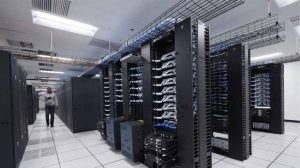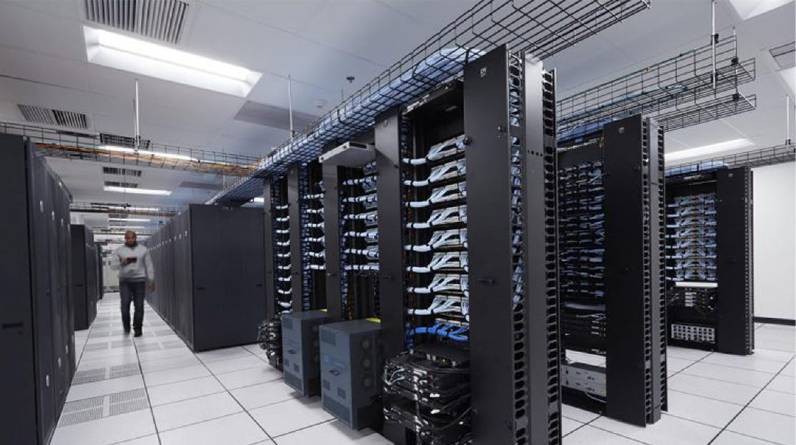Data centers serve as the backbone of modern technological infrastructure, housing critical servers and equipment that require precise environmental conditions for optimal performance. Computer Room Air Conditioners (CRAC) play a vital role in maintaining the appropriate temperature, humidity, and airflow within data centers. This article aims to delve into the significance of CRAC systems and explore their benefits in terms of cooling efficiency, equipment reliability, and energy savings.
Understanding CRAC Systems
Computer Room Air Conditioners (CRAC) are specialized cooling units designed specifically for data center environments. They are engineered to regulate the temperature and humidity levels within the data center to ensure the efficient operation of servers and other sensitive equipment. This section provides an overview of the components, working principles, and features of CRAC systems, highlighting their importance in data center cooling.
Efficient Cooling and Temperature Control
The primary function of CRAC systems is to cool the data center environment effectively. These systems utilize advanced cooling technologies such as precision cooling, airflow optimization, and intelligent temperature controls to maintain a consistent and optimal temperature range. This section explains how CRAC systems ensure efficient cooling, prevent hotspots, and eliminate temperature fluctuations, thereby promoting equipment reliability and longevity.
Humidity Regulation and Equipment Protection
Data centers require precise humidity levels to protect sensitive equipment from moisture-related damage. CRAC systems incorporate humidity control mechanisms, such as dehumidification and humidification features, to maintain an ideal humidity range. By regulating humidity levels, CRAC systems safeguard servers, storage devices, and other critical components from corrosion, condensation, and static discharge risks.
Customization and Scalability
CRAC systems offer a high level of customization and scalability to meet the specific needs of data centers. They can be tailored to accommodate varying server densities, equipment configurations, and cooling requirements. This flexibility allows data center operators to optimize their cooling infrastructure based on evolving demands, ensuring efficient cooling without unnecessary energy consumption. Moreover, as data centers expand or undergo changes, CRAC systems can be easily scaled up or reconfigured to maintain the desired environmental conditions. This customization and scalability make CRAC systems a versatile solution for data centers of all sizes and complexities, providing adaptable cooling solutions for future growth.
Energy Efficiency and Cost Savings
Energy consumption is a significant concern in data centers, both from an environmental and financial perspective. CRAC systems have evolved to incorporate energy-efficient technologies, including variable speed fans, economizers, and intelligent controls. This section explores how CRAC systems optimize energy usage, reduce power consumption, and contribute to substantial cost savings for data center operators.
Learn more about it – jacin’s ruse armor set
Advanced Monitoring and Maintenance
CRAC systems are equipped with advanced monitoring and maintenance features that enable proactive management of the data center environment. Real-time monitoring of temperature, humidity, and other crucial metrics allows data center operators to identify potential issues and take preventive measures promptly. This section discusses the importance of monitoring and maintenance in maximizing the efficiency and reliability of CRAC systems.
Computer Room Air Conditioners (CRAC) play a critical role in maintaining the optimal operating conditions within data centers. By providing efficient cooling, precise humidity control, energy savings, and advanced monitoring capabilities, CRAC systems contribute to the overall performance, reliability, and cost-effectiveness of data centers. As data center demands continue to rise, investing in high-quality CRAC systems becomes paramount for organizations seeking to optimize their data center operations. With their ability to regulate temperature and humidity, CRAC systems ensure the smooth functioning of critical IT infrastructure and uphold the integrity of data center environments.

